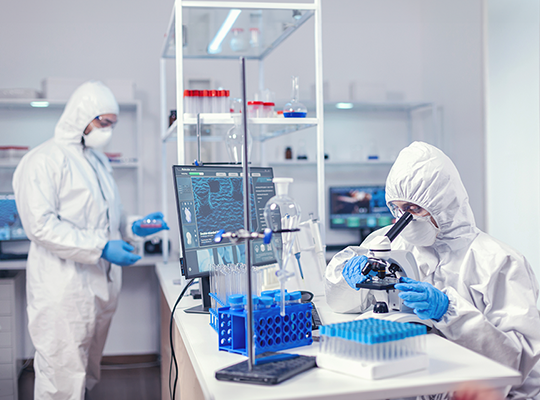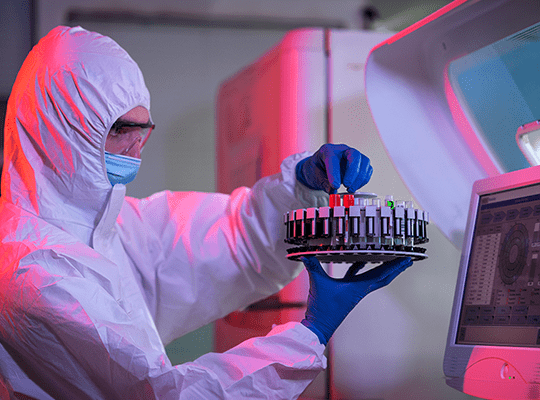

Carica papaya (CP) is a member of the Caricaceae and is a dicotyledonous, polygamous, and diploid species. It originated from Southern Mexico, Central America, and the northern part of South America. It is now cultivated in many tropical countries such as Bangladesh, India, Indonesia, Sri Lanka, the Philippines, West Indies and Malaysia.
The papaya fruit is globally consumed either in its fresh form or the form of juices, jams, and crystallized dry fruit. The ripe fruit is said to be a rich source of vitamin A, C, and calcium. There are many commercial products derived from the different parts of the C. papaya plant, the most prominent being papain and chymopapain, which is produced from the latex of the young fruit, stem, and the leaves.
The leaves of papaya have been shown to contain many active components that can increase the total antioxidant activity in blood and reduce lipid peroxidation level, such as papain, chymopapain, cystatin, tocopherol, ascorbic acid, flavonoids, cyanogenic-glucosides and glucosinolates.
The alkaloids, flavonoids, saponins, tannin, and glycosides are related with anti- inflammatory activity. CP leaves extract also found to have anti-bacterial effect, anti tumor, and immunomodulator activities. The leaf of CP is categorized as non toxic because its LD50 > 15 g per kg body weight. The leaves also contain cardiac glycosides, anthraquinones, carpaine, pseudocarpaine, phenolic compounds.
In addition to the nutritional value of its fruit, the leaves of CP possess medicinal properties and are widely used in traditional medicines. Previous studies on papaya have shown that seed extract of CP possess pharmacological activities, including anthelminthic, antifertility, contraceptive etc. A hot-water extract of the leaves is taken orally as an antipyretic, and treatment of anemia, appetite stimulation. In many countries the leaves extract of CP had been effectively used for treatment of dengue fever (DF) associated with thrombocytopenia.

Certain genes have been shown to influence platelet production and platelet aggregation, namely, the Arachidonate 12-lipoxygenase (ALOX 12) also known as the Platelet-type Lipoxygenase as well as the Platelet-Activating Factor Receptor (PTAFR). An increase in activity of these genes is required for platelet production and activation. The ALOX 12 gene is strongly expressed in megakaryocytes and has been known to be responsible for the 12-Hydroxyeicosatetraenoic acid (12-HETE) production of platelets [65]. The PTAFR gene was been found to be expressed in megakaryocytes indicating that it could be a precursor for platelet production in addition to its well known role in platelet aggregation.
ALOX 12 is known to be associated with increased megakaryocyte production as well as its conversion to platelets through 12-HETE mediated pathway which in turn leads to increased platelet production.
The active ingredients of C.papaya up regulate the ALOX 12 and PTAFR gene thereby leading to an increased production of megakaryocytes and its conversion into platelets. Clinical evidence shows that C. papaya extract increases ALOX 12 activity 15 fold and PTFAR activity 13.42 fold which is responsible for increased platelet production .


Carica Papaya Leaf extract is extracted from the dried leaves of the Carica Papaya plant commonly known as the Papaya plant. Special care is taken to ensure that the leaves are sourced from special pre audited and pre-approved plantations that follow good agricultural practices.
The leaves are specially handpicked, cleaned, sun dried and tested for their medicinal content. Only those leaves which pass all these tests are used for the extraction process.
The dried leaves are powdered and the active substance responsible for the beneficial activity of papaya leaf extract - Glycosides and Polyphenols are extracted by a special proprietary extraction process. The extract is further dried and standardized to give a final product which contains not less than 40% Glycosides and 3% polyphenols.
The finished product is subjected to stringent validated Quality Control tests to ensure that we get a standardized finished product conforming to global standards batch after batch.
Normally, herbal extracts are associated with heavy metal and microbial contamination. However, the Carica Papaya extract in Caripill is subjected to in house tests to ensure that the finished product is free from microbial and heavy metal contamination.
The production and Quality Control /Quality Assurance SOP’s followed are similar to those followed for allopathic formulations.
The Carica Papaya Leaf extract used in Caripill is manufactured in accordance with globally accepted GMP norms. Given below is a table that compares the Carica Papaya Leaf Extract in Caripill with those products produced by other manufacturers.

A Multi-centric, Double-blind, Placebo-controlled, Randomized, Prospective Study to Evaluate the Efficacy and Safety of Carica papaya Leaf Extract, as Empirical Therapy for Thrombocytopenia associated with Dengue Fever - Prabhu Nagnathappa Kasture, KH Nagabhushan, Arun Kumar
Dengue is a rapidly expanding global health problem. Approximately 2.5 billion people live in dengue-risk regions with about 100 million new cases each year worldwide. The cumulative dengue diseases burden has attained an unprecedented proportion in recent times with sharp increase in the size of human population at risk. The management of dengue virus infection is essentially supportive and symptomatic and no specific treatment is available for increasing the fallen platelets, which have a significant role in causing the mortality of dengue patient.This study was conducted to evaluate the platelet increasing efficacy of Carica papaya leaf extract (CPLE) in patients with dengue fever (DF).
The administration of Carica papaya leaf extract should significantly increase the platelet count in cases of thrombocytopenia associated with dengue, preventing the patient to go in DHF or DSS conditions.
A Multi-centric, Double blind, Placebo controlled, Randomized, prospective study was conducted in 300 patients across 5 centres’, to evaluate the Efficacy and Safety of Carica Papaya Leaf Extract, as empirical therapy for thrombocytopenia associated with dengue fever. The subjects were randomized into two groups, as control and intervention group. Both the groups were managed by the standard management guidelines for dengue except steroid administration. In addition to this, the intervention group received CPLE tablet three times daily for five days. All of them were followed daily with platelet monitoring. This study has been registered in the clinical trial registry–India (CTRI Registration number: CTRI/2015/05/005806)
The results indicate that CPLE had significant increase (p < 0.01) in the platelet count over the therapy duration, in dengue fever patients, confirming CPLE accelerates the increase in platelet count compared to the control group. There were few adverse events related to GI disturbance like nausea and vomiting which were similar in both groups.
Thus this study concluded that Carica papaya leaf extract (CPLE) does significantly increase the platelet count in patients with thrombocytopenia associated with dengue with fewer side effects and good tolerability.